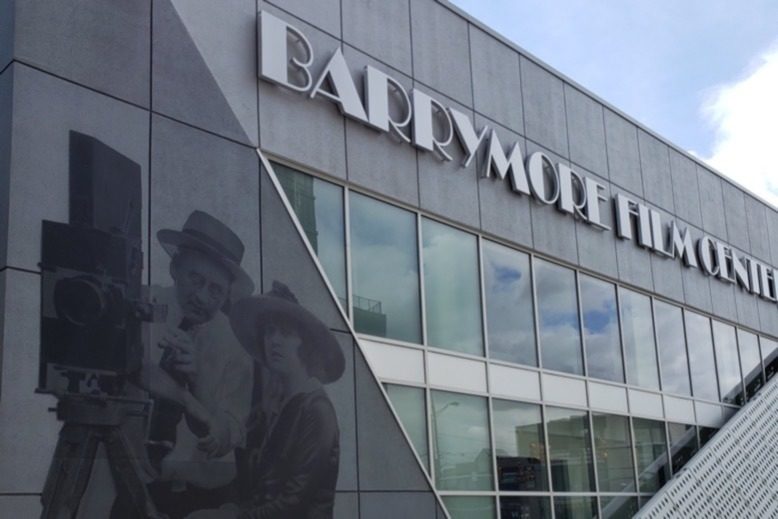
Talk about a cliffhanger! After two years of pandemic-induced building delays, the Barrymore Film Center in Fort Lee is formally opening its doors on October 21.
“It’s going to be the mecca of film history here in New Jersey,” predicts Steven Gorelick, executive director of the NJ Motion Picture and Television Commission. “Anyone who has even a passing interest in film history needs to make the pilgrimage here.”
The center not only memorializes Fort Lee’s cinematic roots, but it also showcases the work of new filmmakers from around the world. Local leaders hope the center will kick-start the borough’s economic redevelopment.
Fort Lee was home to many early film studios and saw the merger of several of them into what is now Universal Studios. Fort Lee is also where the Marx Brothers shot their first film, Humor Risk (1921), and where Mary Pickford got her start atop the Palisades in The Perils of Pauline (1914), which gave us the term cliffhanger.
A short walk from the George Washington Bridge and bounded on one side by Main Street, where silent slapstick comedies were once filmed, the center occupies a quarter acre of a long-vacant, 16-acre tract.
“This is where the motion picture industry started, and this is where a theater belongs to commemorate that,” says Mayor Mark Sokolich.
A free museum off the main entrance is devoted to Fort Lee’s historic film studios, including the Champion Film Company, a forerunner of Universal, as well as Independent Moving Pictures Company, Peerless Studios, Goldwyn Picture Corporation and many others.
A sweeping, red-carpeted stairway leads to a second-floor gallery for rotating exhibits, an eight-seat VIP Screening room, a projection room, offices, a dressing and shower area, and a green room. The grand opening will be preceded by a Walk of Fame dedication honoring 11 film notables from the early 20th century.
The repertory cinema will be outfitted to show 35mm and 70mm films and 4K digital films. “This will be a destination that will attract people from all over the globe,” says Nelson Page, the center’s executive director and president of the Friends of the Center. “Visitors will see the best movies ever made, old and new.”
The center was built by the borough and designed with Art Deco-style details. The striking façade features murals of silent-era filmmakers at work. A three-manual Allen organ will accompany silent films.
On October 21, the center will kick off its public film showings with a series featuring the Barrymore family. (John Barrymore made his acting debut in Fort Lee at a fundraiser organized by his father, Maurice, who had a home in the borough.) But, “it’s not just going to be a silent-movie building,” says Richard Koszarski of Teaneck, a film historian and the center’s museum curator. “The Barrymores represent this through line that reflects the development of American cinema and into television.”



